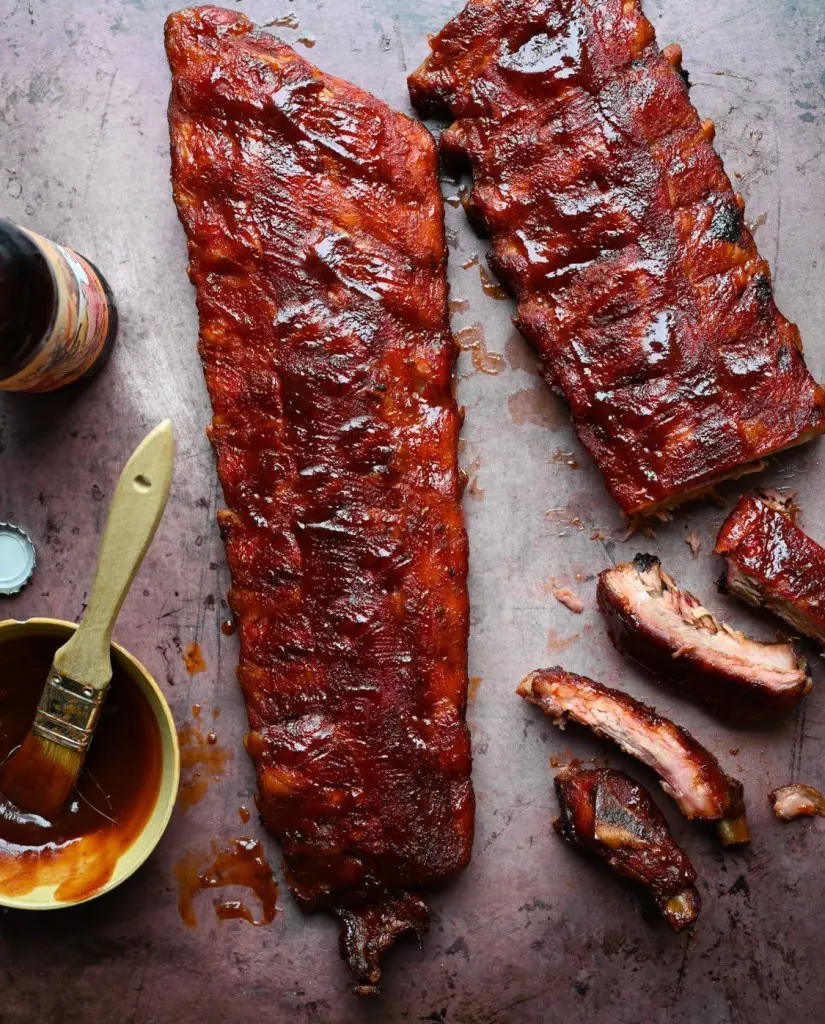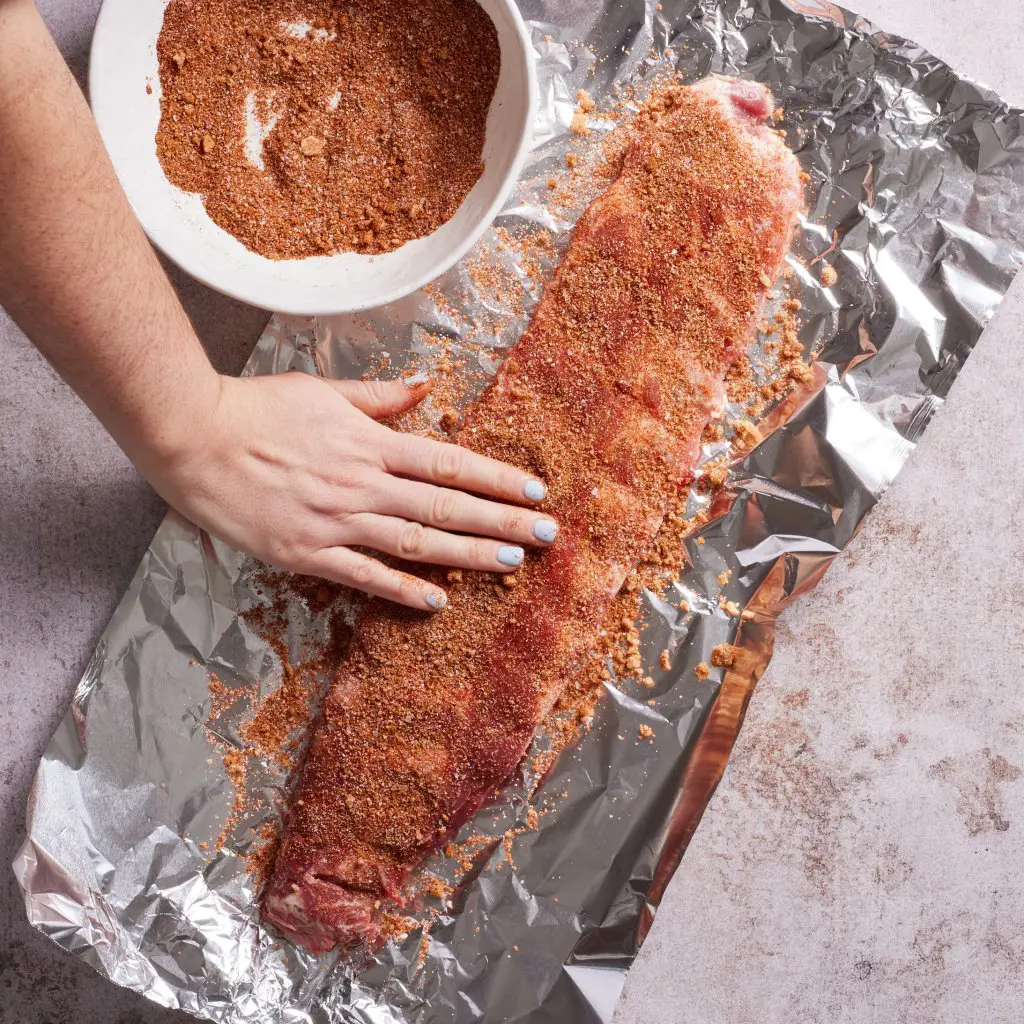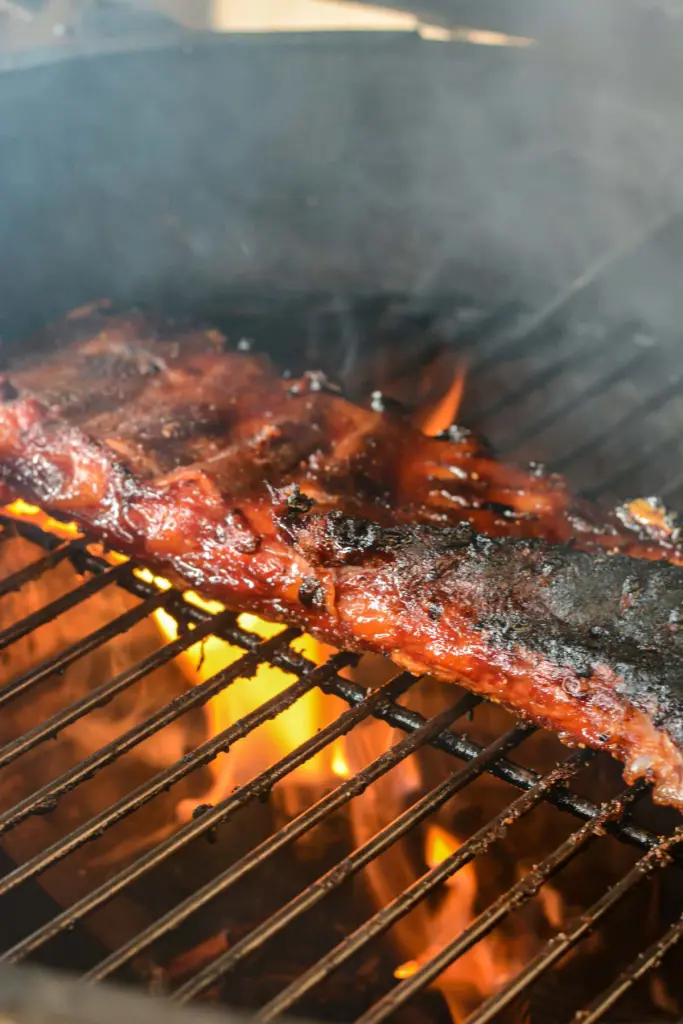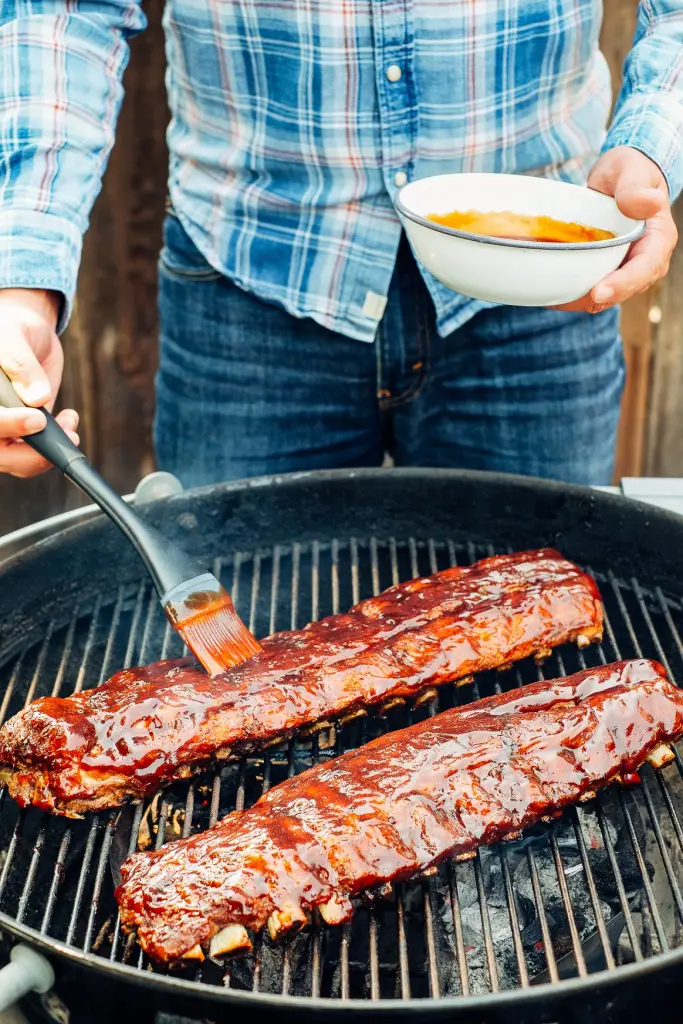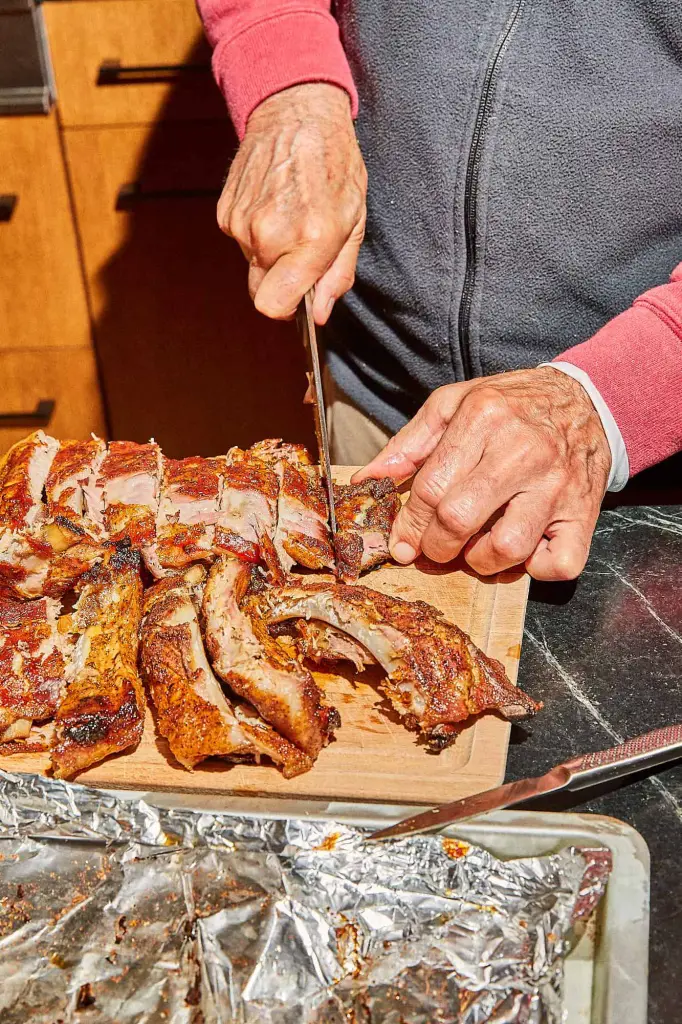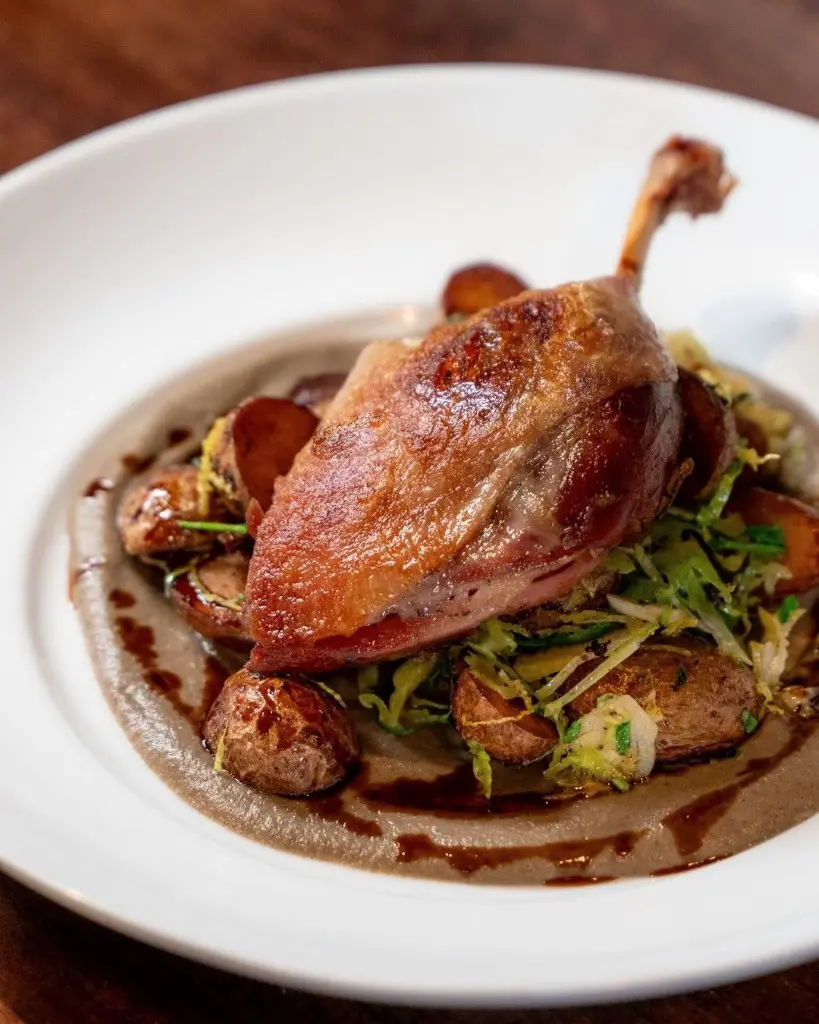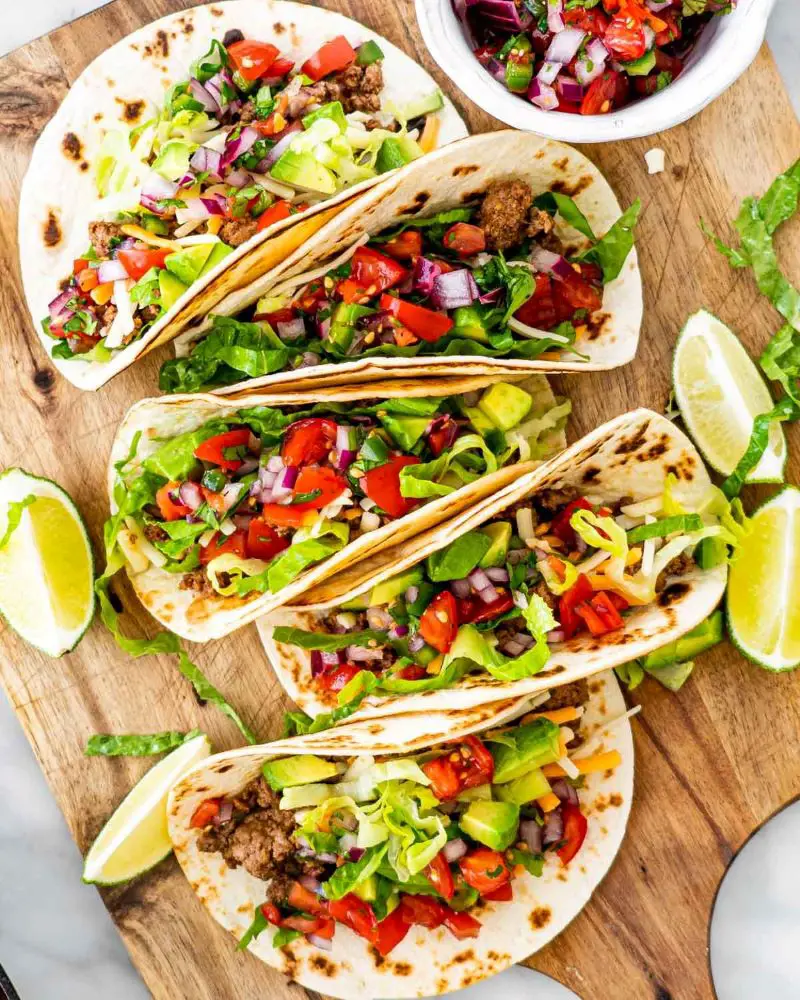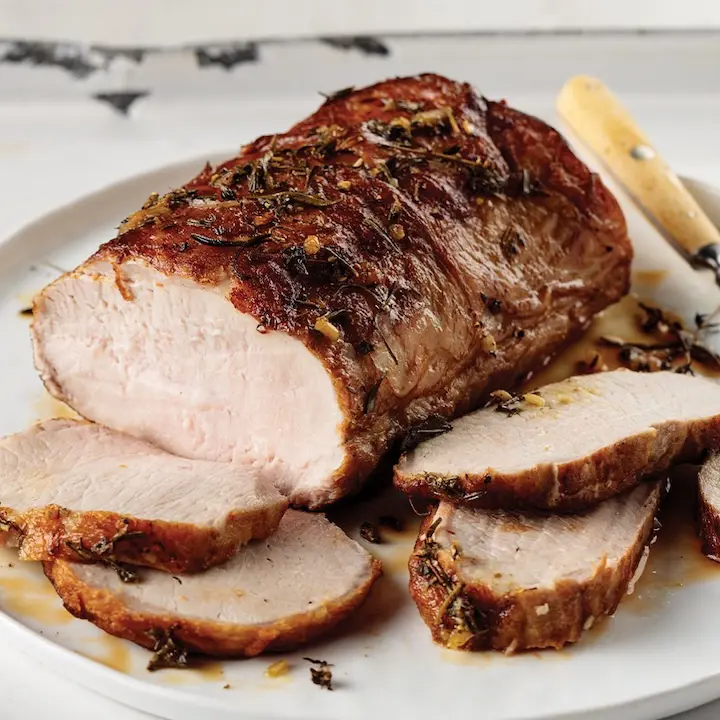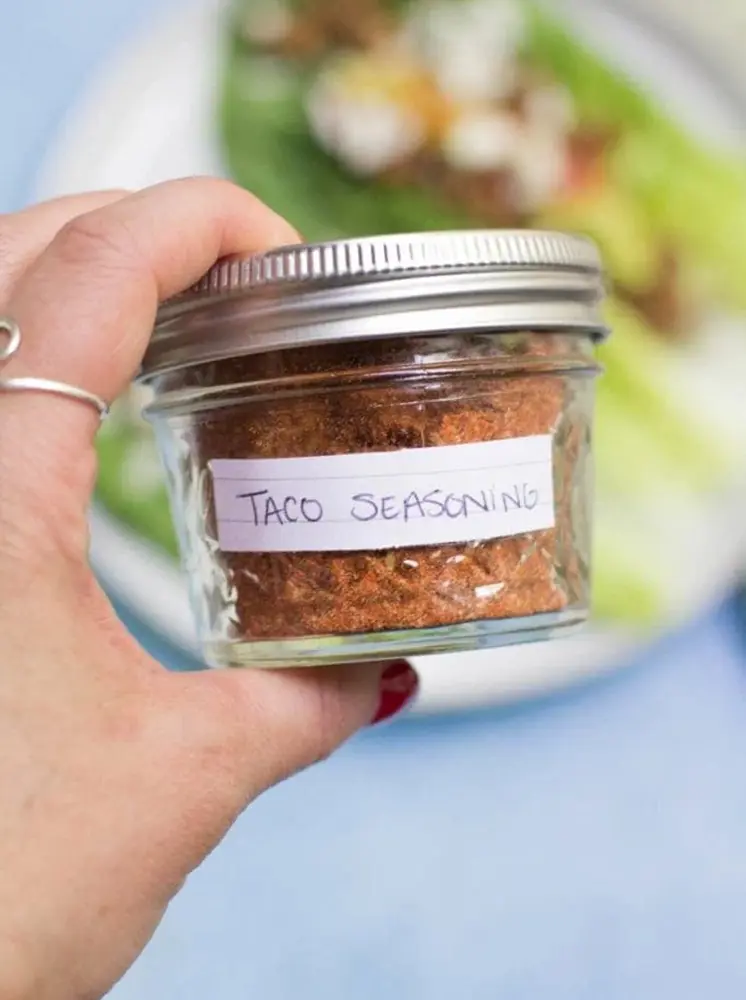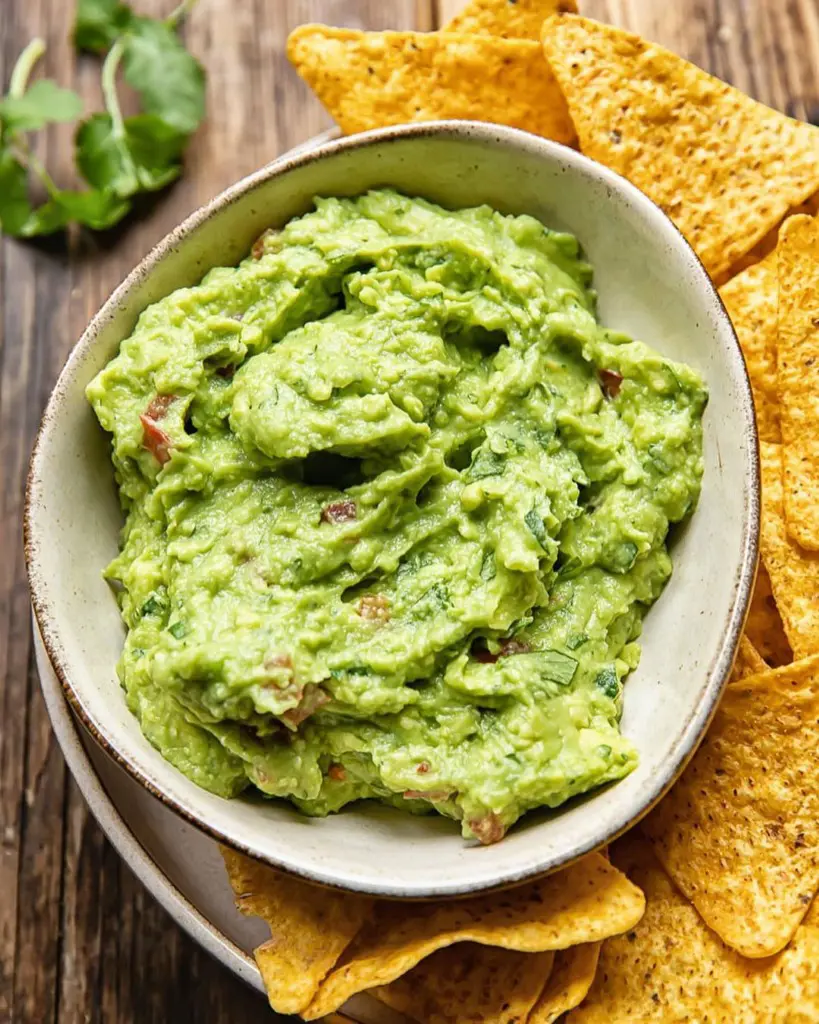Ingredients Needed For Cooking Ribs On The Grill
This recipe combines classic flavors with a unique twist to create tender, flavorful ribs. Here's what you'll need to grill bbq ribs on bbq:
Baby Back Ribs
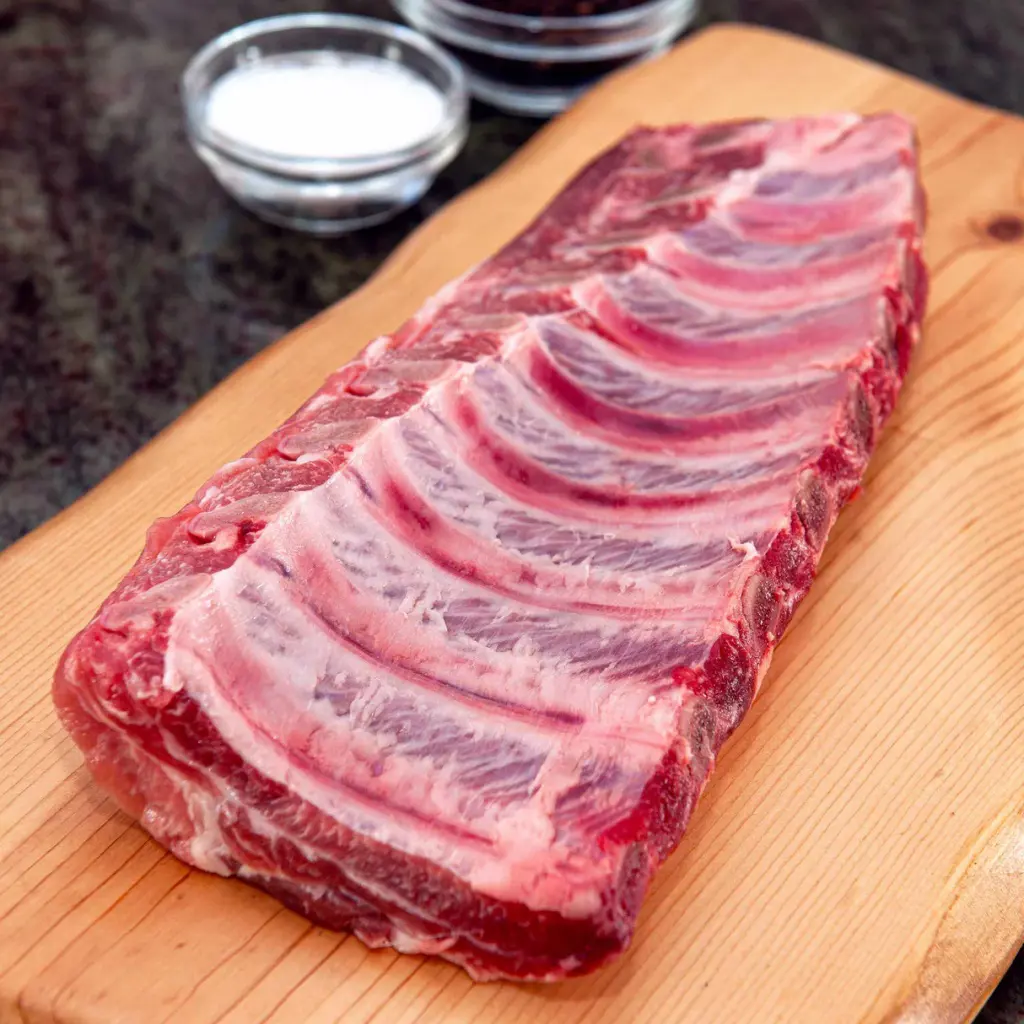
Baby back ribs, also known as pork loin ribs, are the star of this dish. These ribs come from the top of the rib cage between the spine and the spare ribs, just below the loin muscle. They're shorter and more curved than spare ribs, with meat between the bones and on top.
Baby back ribs are prized for their tender, lean meat that cooks relatively quickly. While this recipe is optimized for baby backs, you can also use St. Louis style ribs, which are spare ribs trimmed to remove the cartilage, sternum bone, and rib tips.
Pork Seasoning Rub
A good pork rub is crucial for developing a flavorful crust on your ribs. You can use your favorite store-bought blend, or try the homemade recipe provided in the recipe card.
A typical pork rub often includes a mix of brown sugar, paprika, garlic powder, onion powder, salt, black pepper, and sometimes cayenne for heat. The rub not only seasons the meat but also helps create a delicious bark during cooking.
Unsweetened Apple Juice
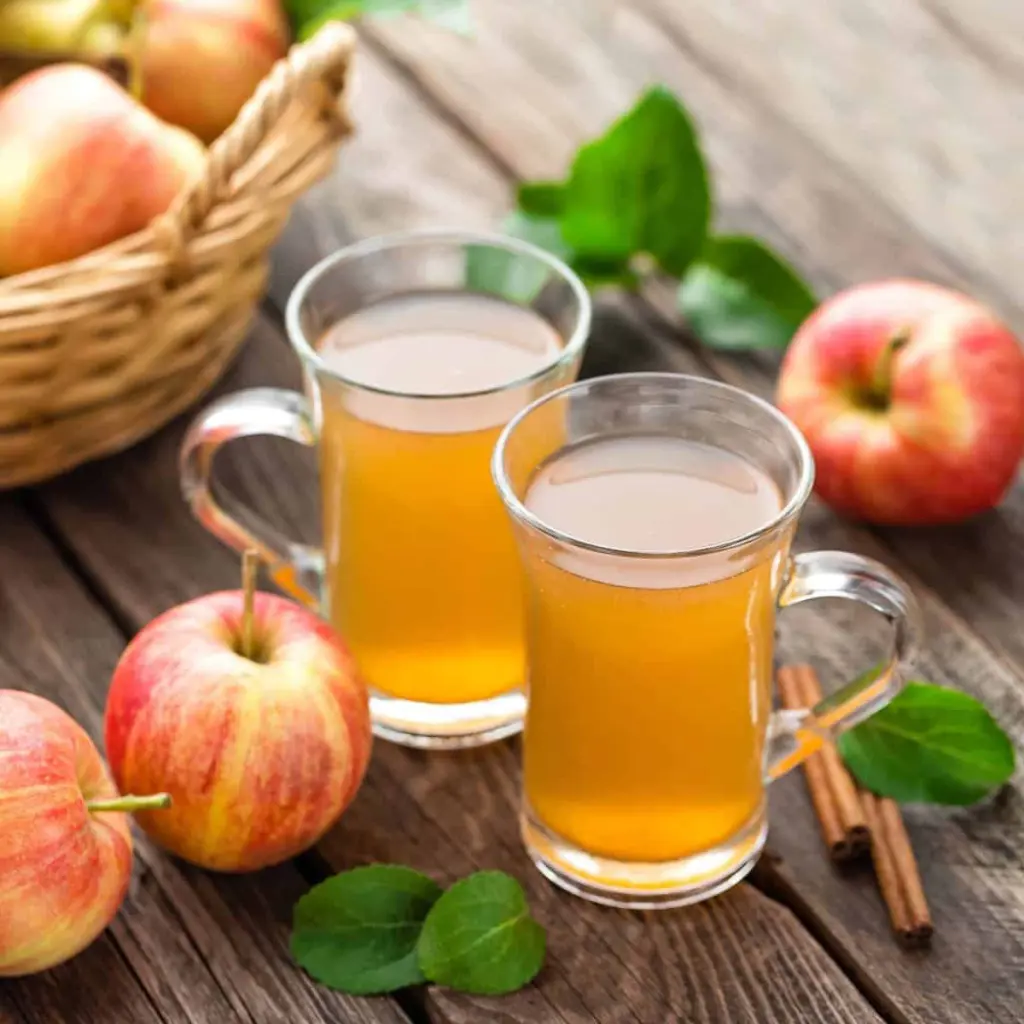
Unsweetened apple juice adds moisture and a subtle fruity flavor to the ribs without overwhelming sweetness. It complements the pork's natural flavors and helps to tenderize the meat.
If you can only find sweetened apple juice, it will work, but you might want to adjust other sweet elements in the recipe to maintain balance. The juice also creates steam during cooking, which helps keep the ribs moist.
Orange Marmalade
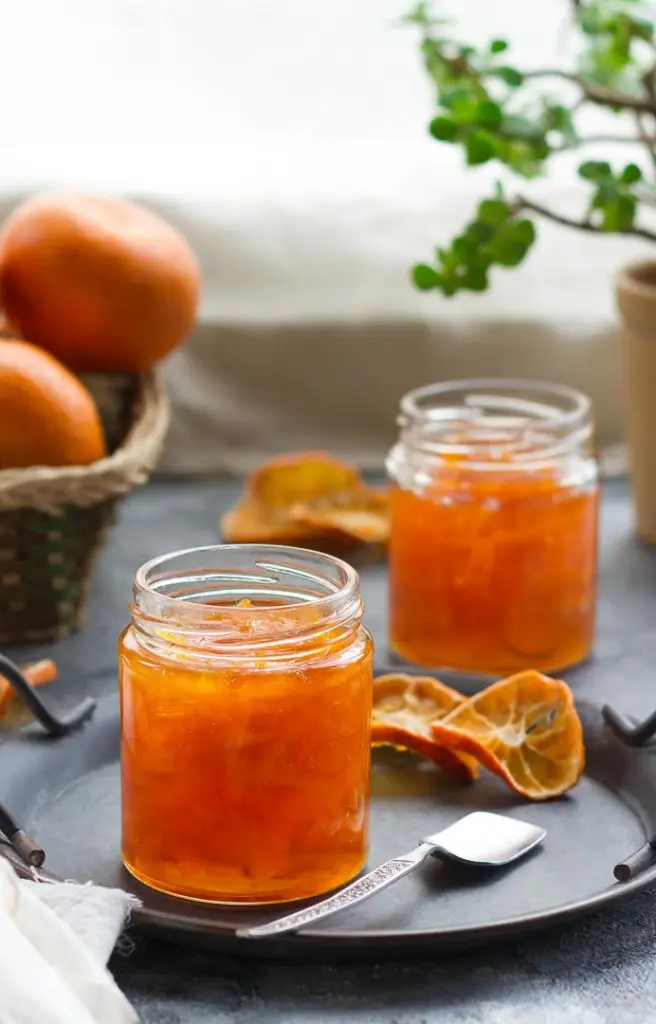
While it might seem unusual, orange marmalade is a secret weapon in this recipe. It adds a complex sweetness with a slightly bitter edge from the orange peel, creating a sophisticated flavor profile.
The marmalade also helps form a thick, glossy glaze on the ribs as they cook. If you're not a fan of orange or can't find marmalade, peach or apricot preserves can be substituted, each bringing its own unique fruity notes to the dish.
Apple Cider Vinegar
Apple cider vinegar serves multiple purposes in this recipe. Its acidity helps to tenderize the meat by breaking down tough fibers. It also adds a tangy flavor that balances the sweetness of the juice and marmalade.
Additionally, the vinegar contributes to the overall moisture of the dish, helping to keep the ribs juicy during the cooking process.
